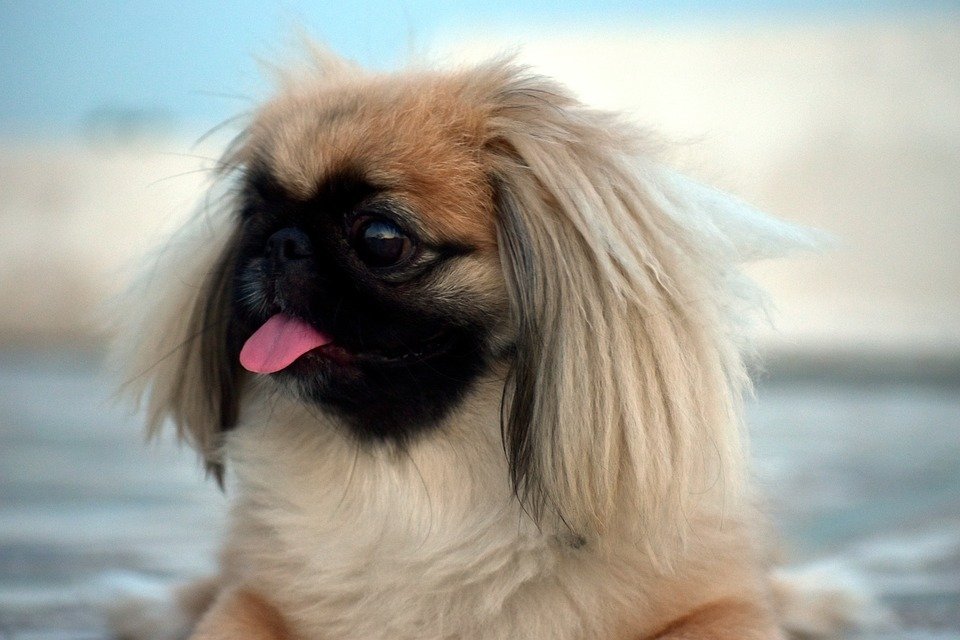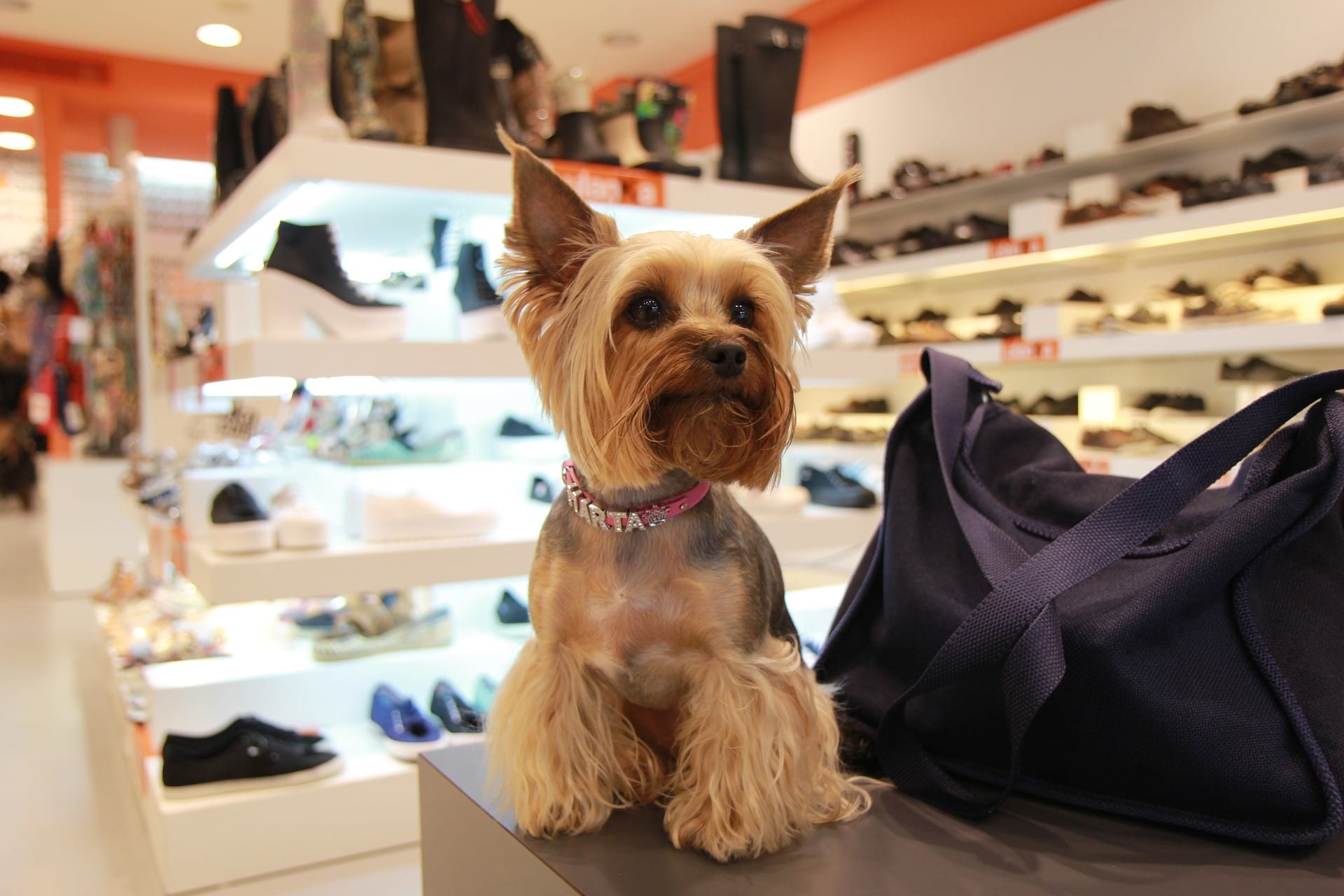Decorative dogs have lived with humans for a long time, alongside hunting, guarding, and herding breeds.

Decorative dogs were a source of joy for their owners and symbolized wealth and high social status. Therefore, high-ranking and well-known individuals have often been depicted in portraits with such dogs. It is also claimed that wealthy people kept these dogs to divert fleas away from themselves, as fleas were abundant in their surroundings.

Among the oldest decorative breeds is the Pekingese.
Other decorative breeds emerged through the deliberate size reduction of certain working breeds, primarily hunting and guarding dogs. Small varieties of hunting breeds were intended for specific tasks, such as catching mice or working in caves to see small game. They were reducing the size of guard dogs and aimed to make them more suitable for indoor living.
Maintenance Features
Pros:
Decorative dogs are ideal for living in small apartments. Their daily food intake is much less than that of their medium and large counterparts. They are easy to take with you when traveling, as they can comfortably travel in the owner's arms or a particular carrier without causing inconvenience to fellow passengers on trains or in airplane cabins. Some breeds, such as the Yorkshire Terrier, lack an undercoat, making them less of a problem for allergy sufferers.
Cons:
These dogs are very delicate (for example, a Toy Terrier can break its legs simply by jumping off a couch), sensitive to cold, and thus require winter clothing. Various allergies are pretty common among small indoor dogs.
Constant attention to their fur and appearance is necessary. Decorative dogs, whose purpose is to adorn the home and draw attention to their owner, should always look impeccable.
Care for the coat requires significant investment, as in breeds like the Yorkshire Terrier, Maltese, Shih Tzu, Miniature Poodle, and others. Owners of decorative dogs are often regular customers at grooming salons.
Feeding decorative dogs can also be somewhat challenging. They can't handle large, hard kibble or any food that's too easy to swallow, as it could get stuck in their narrow throats. However, they should not be deprived of the opportunity to chew on something, as dental problems concern small teeth.
Other decorative breeds emerged through the deliberate size reduction of certain working breeds, primarily hunting and guarding dogs. Small varieties of hunting breeds were intended for specific tasks, such as catching mice or working in caves to see small game. They were reducing the size of guard dogs and aimed to make them more suitable for indoor living.
Maintenance Features
Pros:
Decorative dogs are ideal for living in small apartments. Their daily food intake is much less than that of their medium and large counterparts. They are easy to take with you when traveling, as they can comfortably travel in the owner's arms or a particular carrier without causing inconvenience to fellow passengers on trains or in airplane cabins. Some breeds, such as the Yorkshire Terrier, lack an undercoat, making them less of a problem for allergy sufferers.
Cons:
These dogs are very delicate (for example, a Toy Terrier can break its legs simply by jumping off a couch), sensitive to cold, and thus require winter clothing. Various allergies are pretty common among small indoor dogs.
Constant attention to their fur and appearance is necessary. Decorative dogs, whose purpose is to adorn the home and draw attention to their owner, should always look impeccable.
Care for the coat requires significant investment, as in breeds like the Yorkshire Terrier, Maltese, Shih Tzu, Miniature Poodle, and others. Owners of decorative dogs are often regular customers at grooming salons.
Feeding decorative dogs can also be somewhat challenging. They can't handle large, hard kibble or any food that's too easy to swallow, as it could get stuck in their narrow throats. However, they should not be deprived of the opportunity to chew on something, as dental problems concern small teeth.

Features of Feeding Small (Decorative) Dog Breeds
Small dog breeds have specific physiological differences that need to be considered in their care.
Puppies of small breeds grow more intensively and reach sexual maturity and adult appearance much earlier than puppies of medium or large breeds, usually around 8-10 months. Visually, they already look like adult dogs.
Small-breed puppies require more energy and easily digestible food to achieve this rapid growth. Therefore, puppy food for small breeds should be higher in calories and contain an increased amount of nutrients compared to puppy food for large breeds.
Small breed dogs are often quite picky eaters and somewhat whimsical regarding food. We recommend tasty, balanced, natural food that even the most demanding dogs will enjoy.
Small dog breeds have specific physiological differences that need to be considered in their care.
Puppies of small breeds grow more intensively and reach sexual maturity and adult appearance much earlier than puppies of medium or large breeds, usually around 8-10 months. Visually, they already look like adult dogs.
Small-breed puppies require more energy and easily digestible food to achieve this rapid growth. Therefore, puppy food for small breeds should be higher in calories and contain an increased amount of nutrients compared to puppy food for large breeds.
Small breed dogs are often quite picky eaters and somewhat whimsical regarding food. We recommend tasty, balanced, natural food that even the most demanding dogs will enjoy.